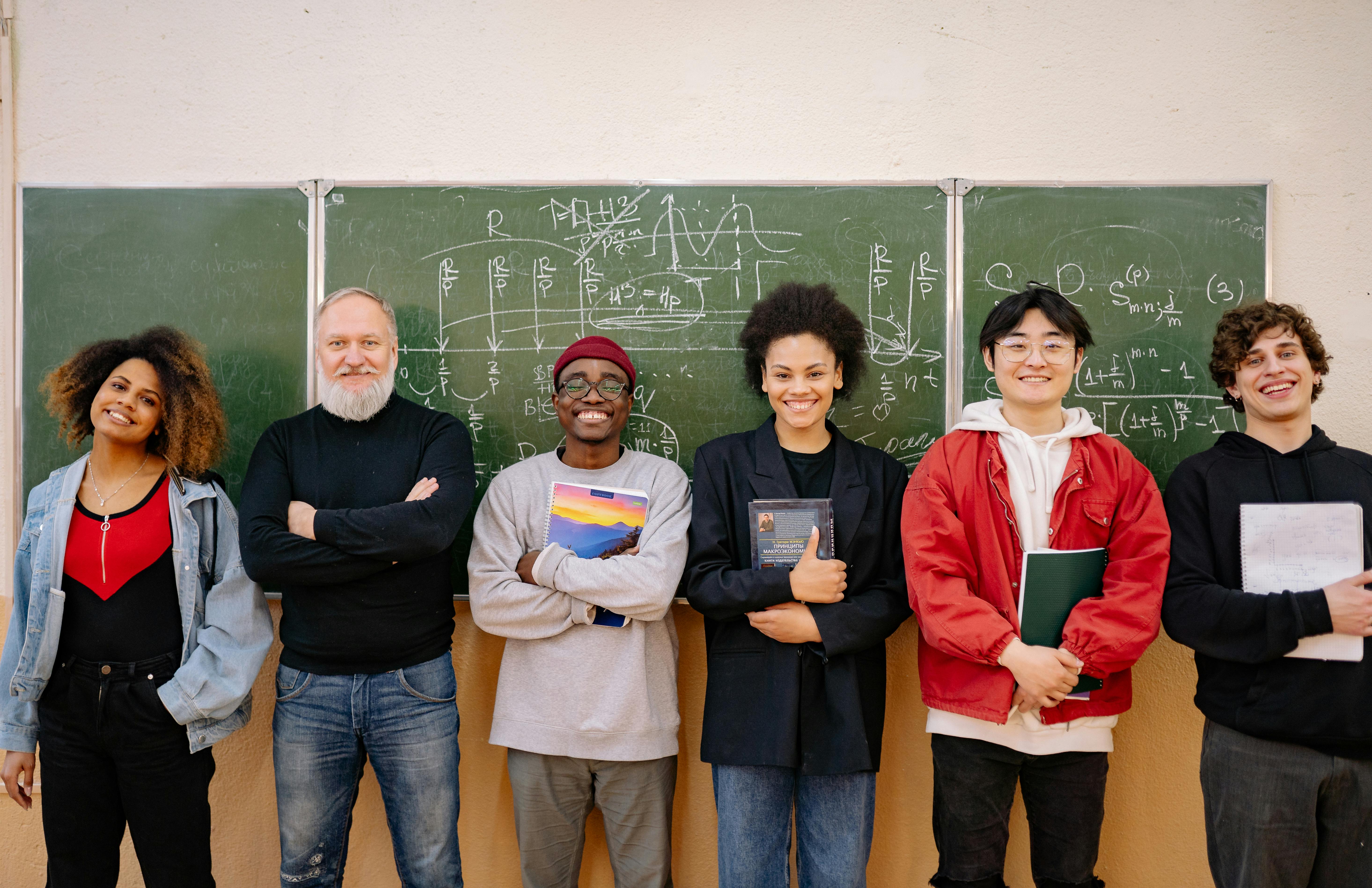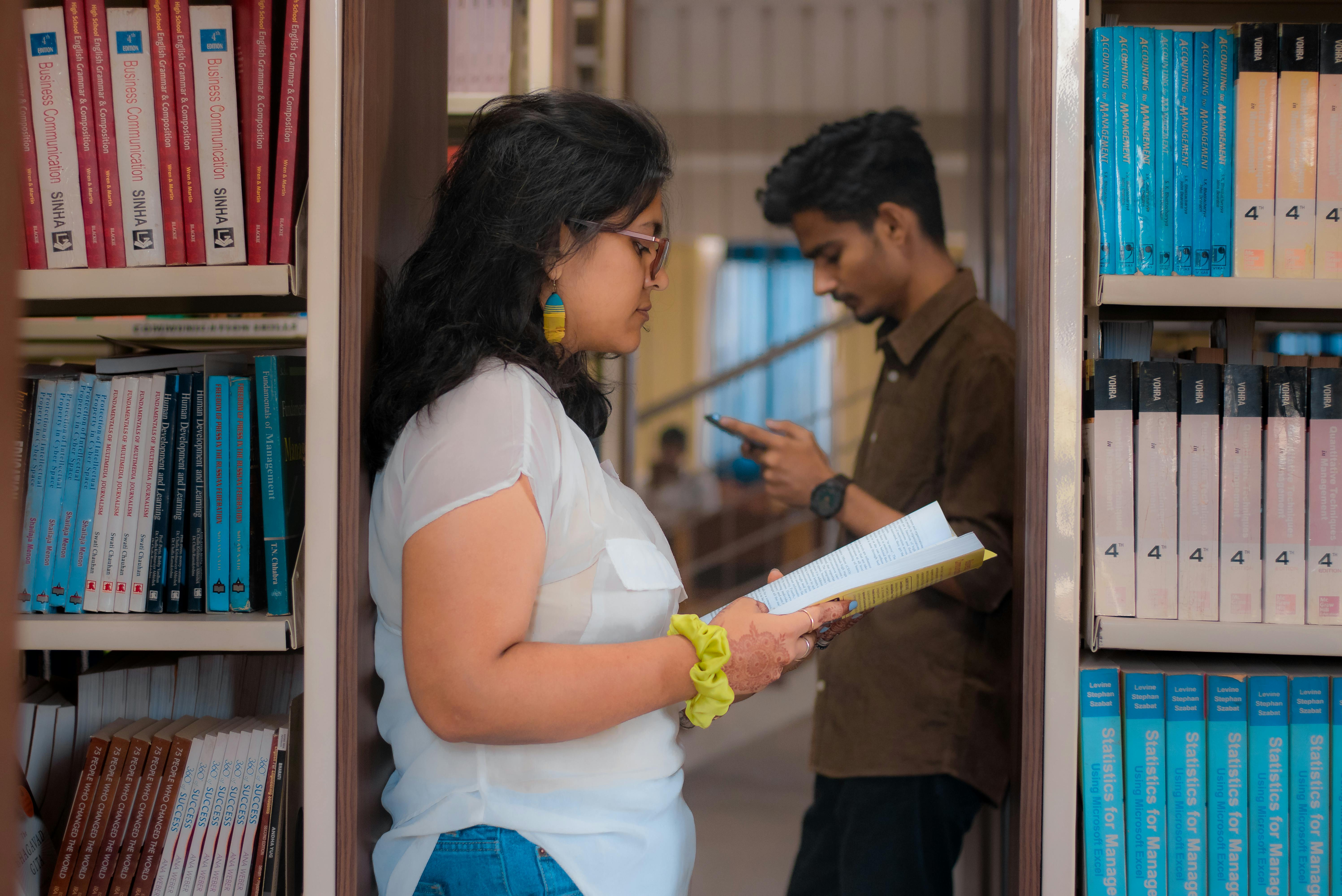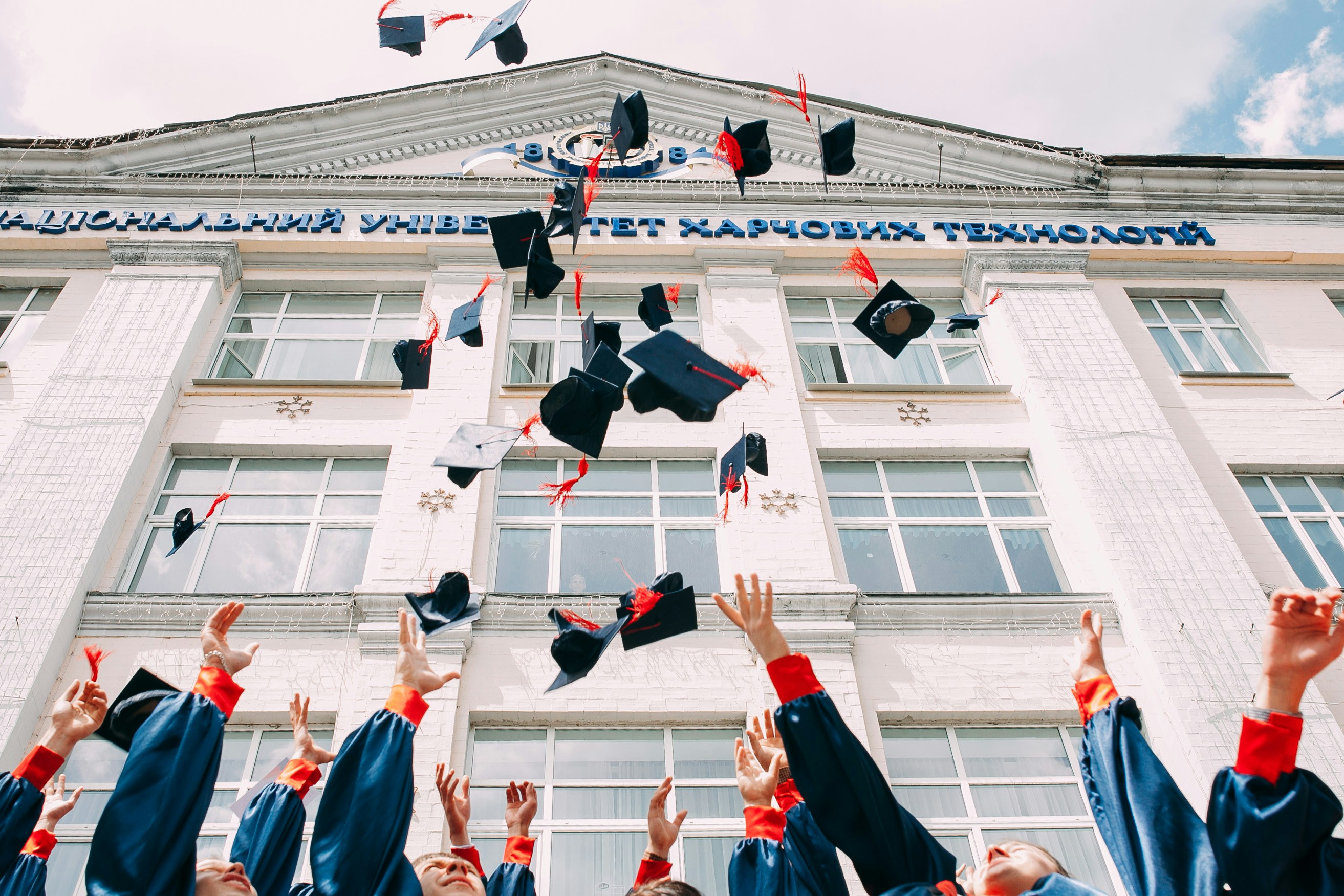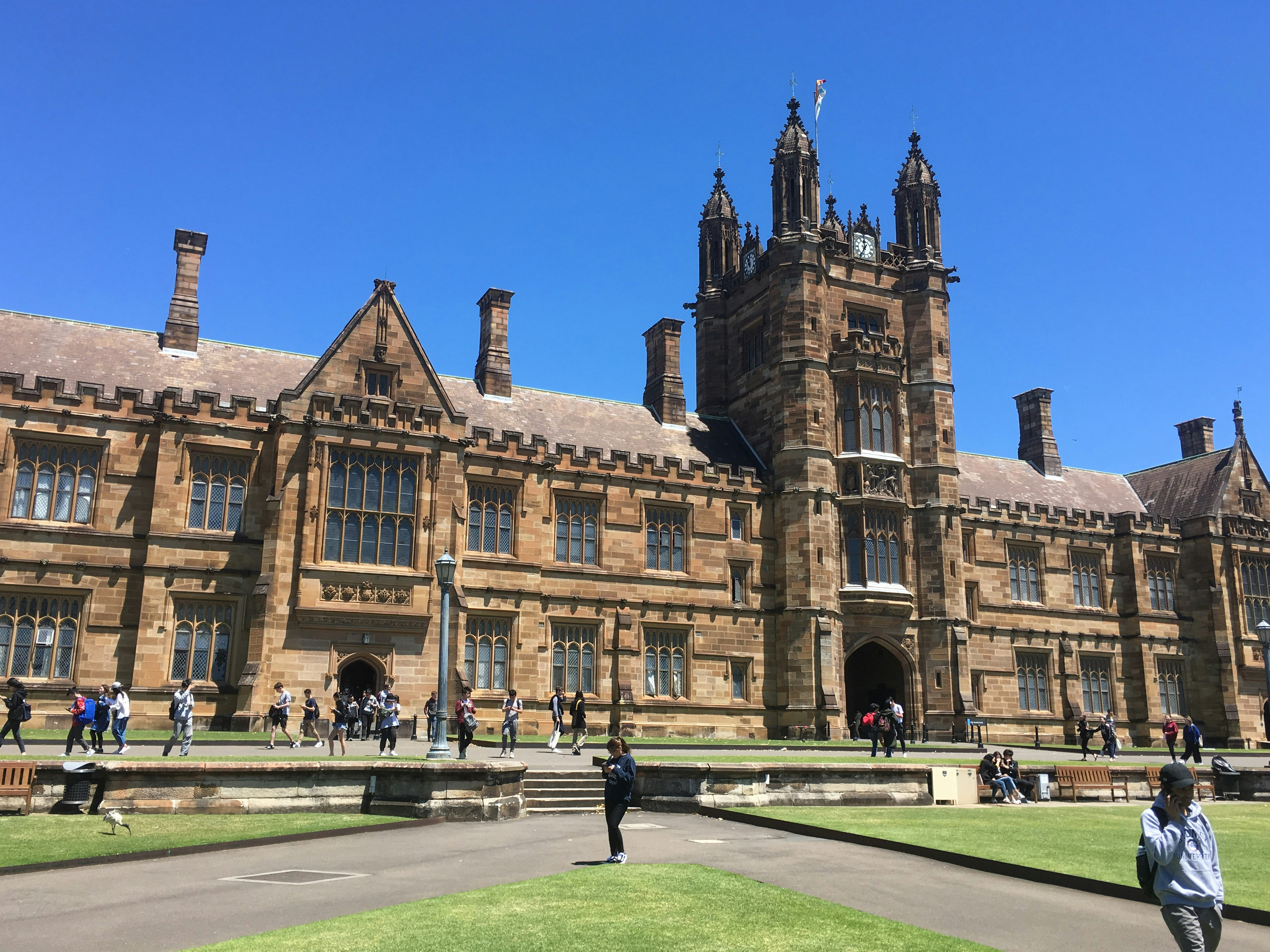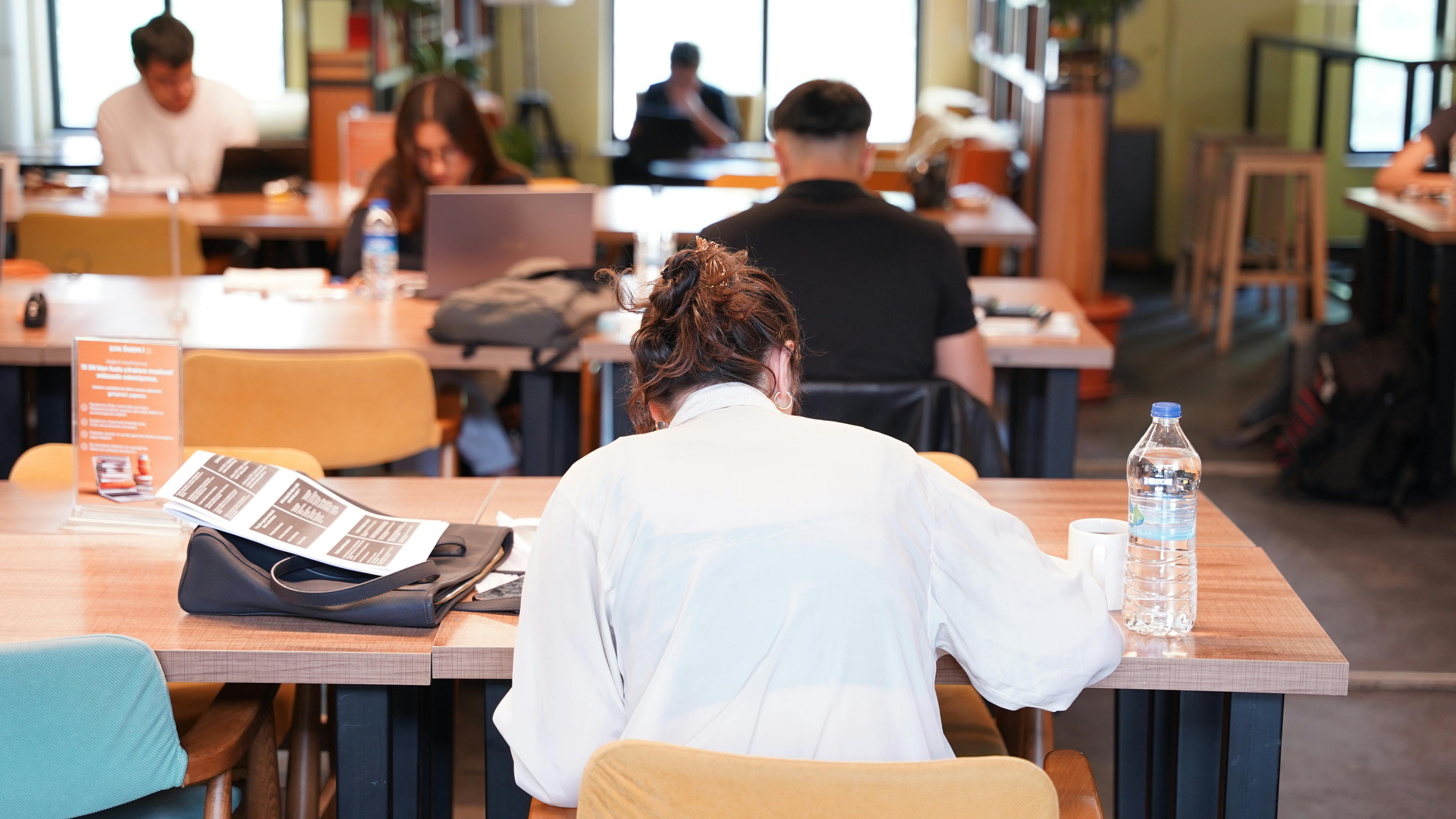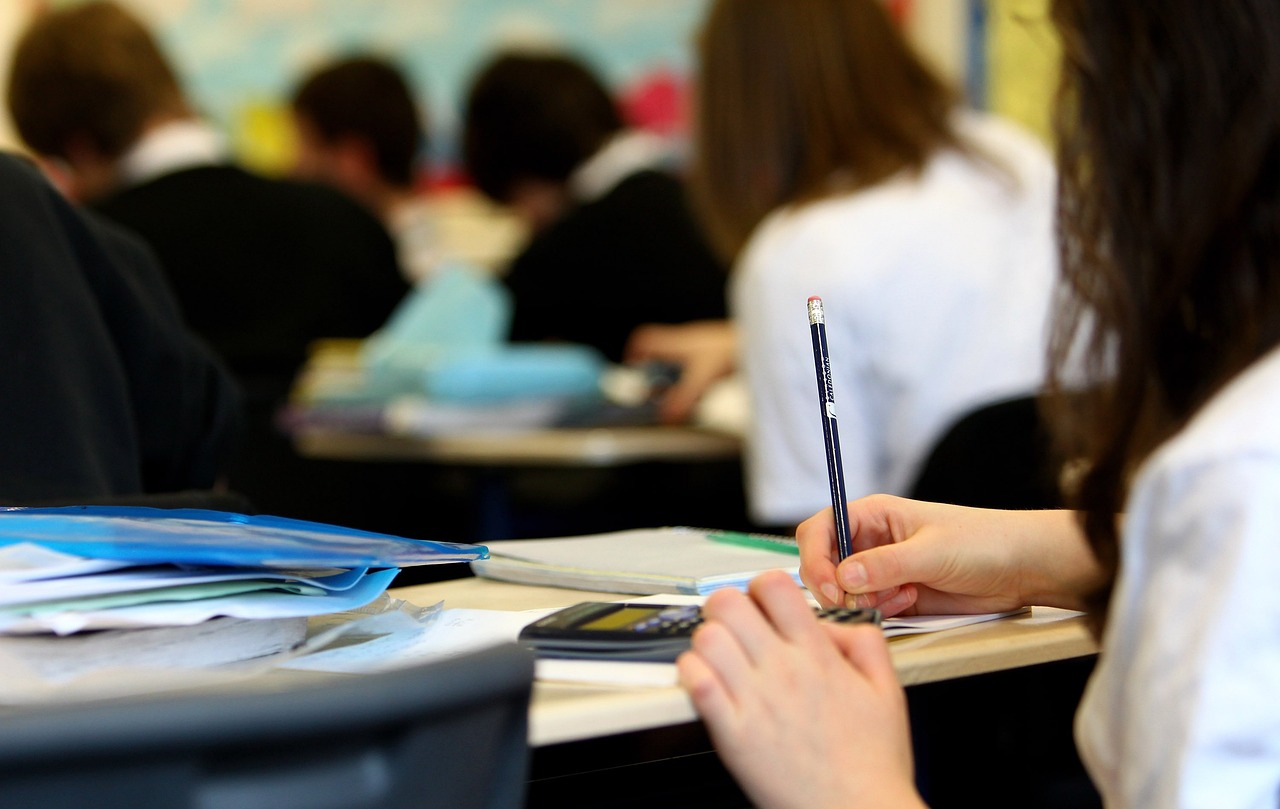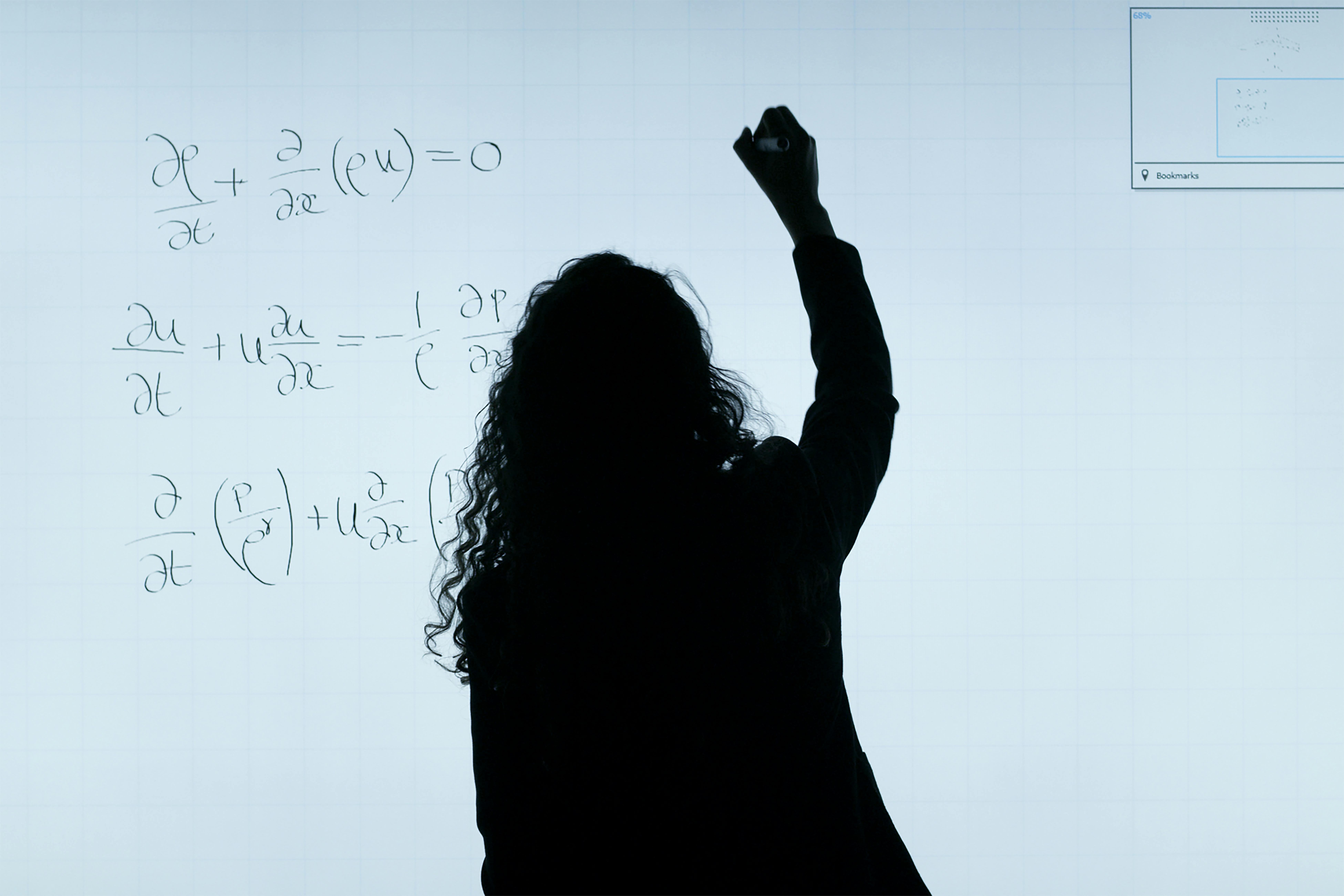Student demonstrations at many universities, sparked by the Israel-Hamas conflict, revive an old legacy. But these are different times.
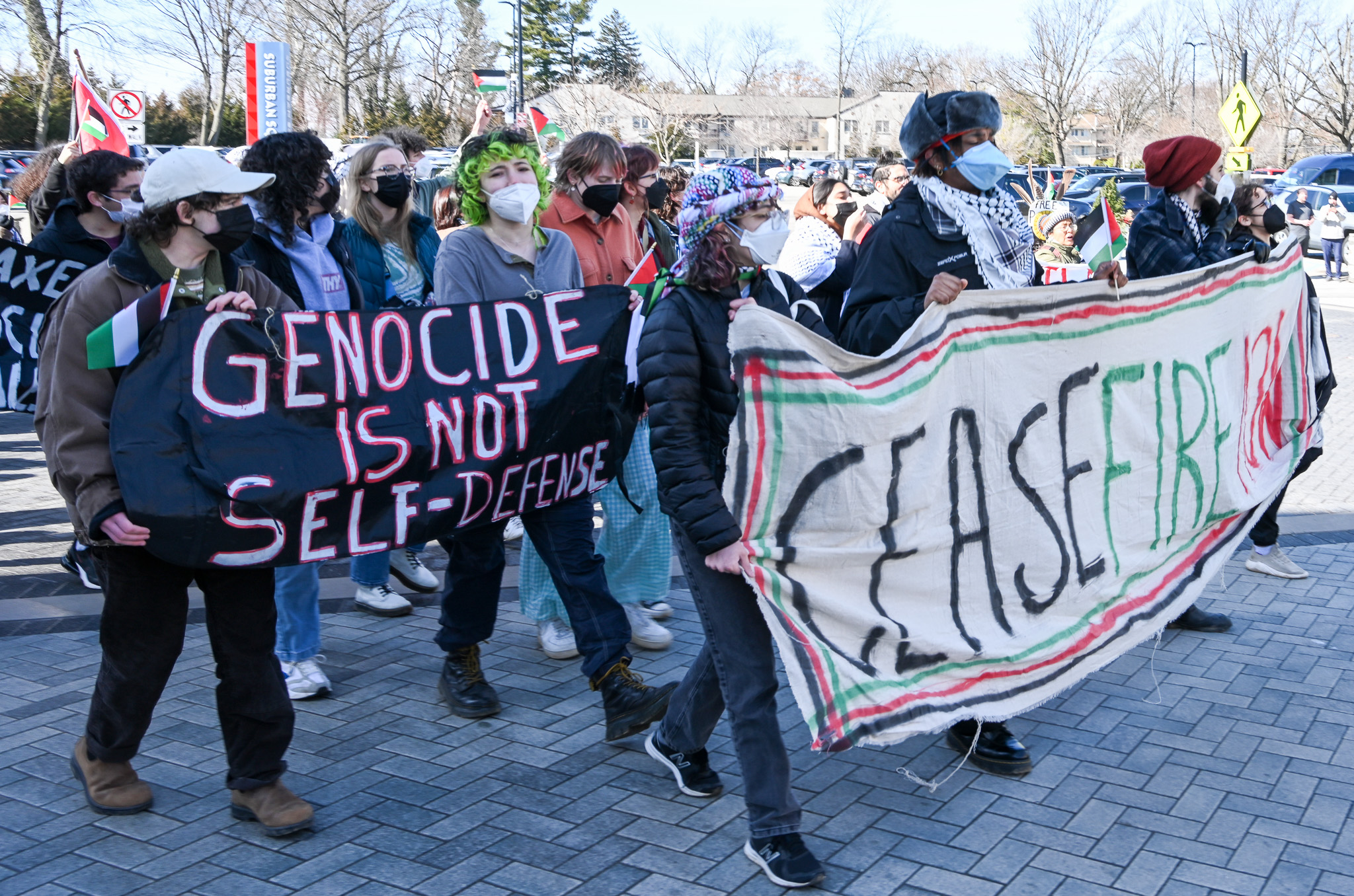 Pro-Palestinian protests are taking place on university campuses across the US and other parts of the world. : Flickr: Joe Piette CC BY-NC-SA 2.0
Pro-Palestinian protests are taking place on university campuses across the US and other parts of the world. : Flickr: Joe Piette CC BY-NC-SA 2.0
Student demonstrations at many universities, sparked by the Israel-Hamas conflict, revive an old legacy. But these are different times.
UPDATE: Students at universities across Melbourne are refusing to disband pro-Palestinian encampments as tensions between them and university administrators rise.
Classes have been cancelled at the University of Melbourne after protesters occupied an arts building on Wednesday. Deakin University students have also refused to remove their encampment following a second order to do so from university management.
As the pro-Palestinian protests continue on university campuses in Australia and other parts of the world, it is easy to see them as continuing the tradition of explosive student demonstrations that began in the 1960s with protests against the Vietnam War.
Largely made up of student coalitions, the latest protests are primarily focused on the conflict between Israel and Hamas in Gaza, which has seen more than 34,000 Palestinians killed and 77,000 injured by Israeli attacks according to Gaza authorities.
Pro-Palestinian protesters are demanding universities cut financial and academic ties with Israel, support a ceasefire in Gaza and disclose investments related to the conflict. Critics of the protests decry them as antisemitic.
A university education is meant to be about more than building disciplinary knowledge or kickstarting careers.
A well-rounded university education should highlight our place in the world, our responsibilities to those around us — both near and far — and our collective responsibility to identify and protest against injustice.
Even if the resulting demands for a better world are idealistic (and possibly naïve), we want our universities to produce citizens who demand more from us as fellow members of society.
As the current protests show, this notion of universities as beacons of democratic dissent and free speech is again being put to the test.
From the anti-Vietnam War movement of the 1960s and ’70s to the anti-apartheid movement in the 1980s, the anti-Iraq War protests in the early 2000s and Black Lives Matter rallies just a few years ago, universities have long been places that can act as a barometer of feelings and an outlet for anger towards injustices.
Even the recent decision by Northeastern University to request Massachusetts State Police to enter the campus and use riot gear to clear an encampment on the campus resulting in the arrest of 102 protesters has a precedent in the 1960s.
In many ways, the nonviolent direct action of these encampments is exactly what we should expect to see from our universities and the students who attend them.
But while familiar in many ways, these protests are also different.
They are different because they have been accompanied at times by calls for violence against a nation and even a group of people — in this case Jews.
We have heard calls from student leaders that “Zionists don’t deserve to live” and that US President Joe Biden should be killed in the name of peace because of his support for Israel.
They are different from previous anti-war protests because they have been fuelled by social media, whose algorithms reward extremism and controversy.
From the beginning of the conflict in Gaza in October 2023, propaganda from both Hamas and Israel has travelled through the internet, providing content depicting graphic violence, misleading and outright false claims, and hate speech — particularly “upticks in specific and general Islamophobic and antisemitic narratives”.
It is different because academic presses such as Verso have published works that celebrate the October 7 attacks as “exhilarating” and “moments of freedom, that defeated Zionist expectations of submission to occupation and siege”, ignoring the more than 1,200 people murdered by Hamas.
Likewise, public rallies supporting Israel have moved beyond protesting antisemitism and demands for the Israeli hostages to be released into incessantly echoing calls to keep bombing Gaza — celebrating not just war, but possible war crimes.
While protests have long played a role in the university experience, it is important to unpack why these differences have emerged.
Maybe the clues can be found in the inability of the leadership of the elite universities to show, well, leadership.
This was highlighted when the presidents of three Ivy League universities fronted a Congressional hearing and could not answer a simple question: “Would calling for the genocide of Jews constitute a violation of the code of conduct at your school, yes or no?”
Three trends have influenced the way that debates happen on university campuses and beyond, placing the contemporary university in a polarised position.
The first is the structure of aforementioned social media algorithms, which provide users with a distorted view of reality and promote extremism. We tend to see the most controversial posts and read what confirms our own view of the world. In this scenario, the world is black and white — people are right or wrong and there is no room for nuanced opinions.
The second is that the prevalence of ‘safe spaces’ over brave spaces has created a tendency to avoid the educational power of discomfort. In the Coddling of the American Mind, authors Greg Lukianoff and Jonathan Haidt argue that too much effort is put into protecting contemporary students from confronting complex and difficult topics.
Not only is the contemporary student shielded from controversial topics, but they have no opportunity to discuss, debate, work through and wrestle with them alongside classmates with which they disagree.
The third is the politicisation of universities which, since at least the 1990s, has placed them in the middle of the culture wars.
Monitored by social media warriors as well as media and political ideologues, every lecture becomes a potential battleground.
In this fraught context, many academics will avoid rather than discuss controversial topics. If, for example, a criticism of the atrocities of the Israel Defense Forces is antisemitic, defending Israel’s right to exist is seen as supporting imperialism and genocide.
While protests on campuses are nothing new, what is different is that fuelled by outside agitation, neither side is willing to cede ground.
That their views may not be as correct as they believe them to be is not on the table. In this environment, these appear to be less recognisable as student protests, and more as the mobilisation of ideologues.
There is a need for political, educational and community leaders to respond with a sense of urgency.
University leadership could stop relying on riot police to respond to protesters while moving to engage directly with their demands. Both antisemitic and anti-Islamic rhetoric needs to be dealt with through the hate speech process not repression.
In the longer term, returning complex and intractable topics back to the classroom and empowering academic and student voices to discuss them could help us find a better way forward.
Professor James Arvanitakis is the Director of the Forrest Research Foundation and an adjunct at the University of Western Australia, Curtin University and Western Sydney University. He is the inaugural Patron of Diversity Arts Australia. His research interests include citizenship, resilience, piracy and the future of universities.
This article has been updated and republished in light of the current situation at Australian universities. It was first published on May 2, 2024.
Originally published under Creative Commons by 360info™.
Editors Note: In the story “University challenge” sent at: 16/05/2024 17:33.
This is a corrected repeat.



